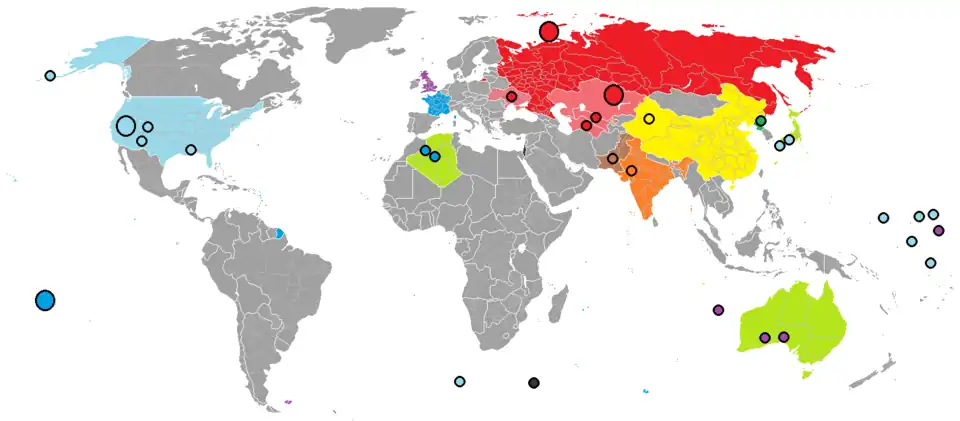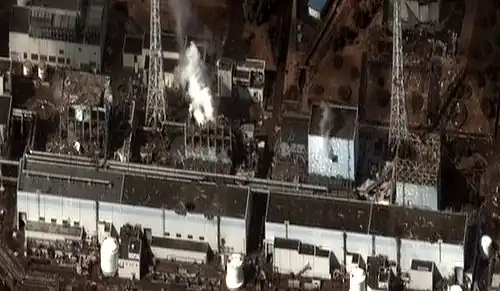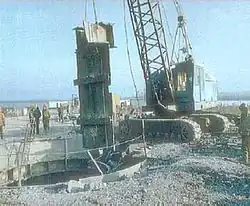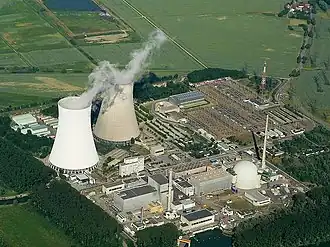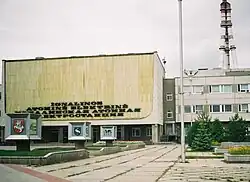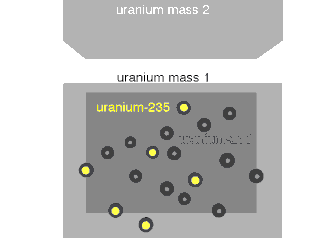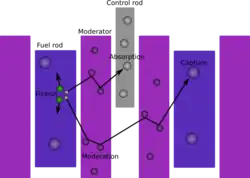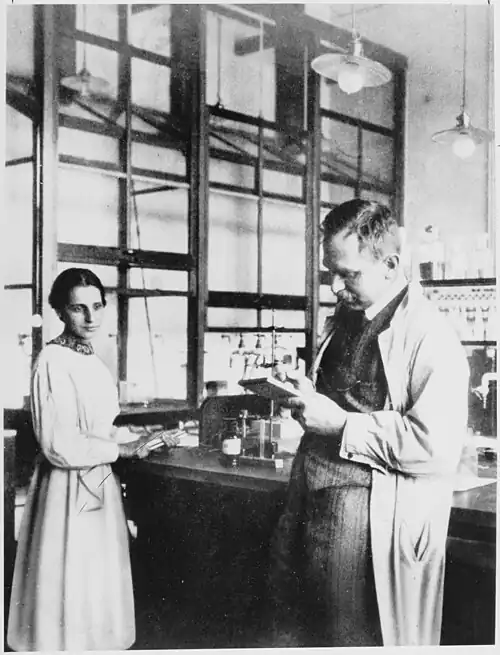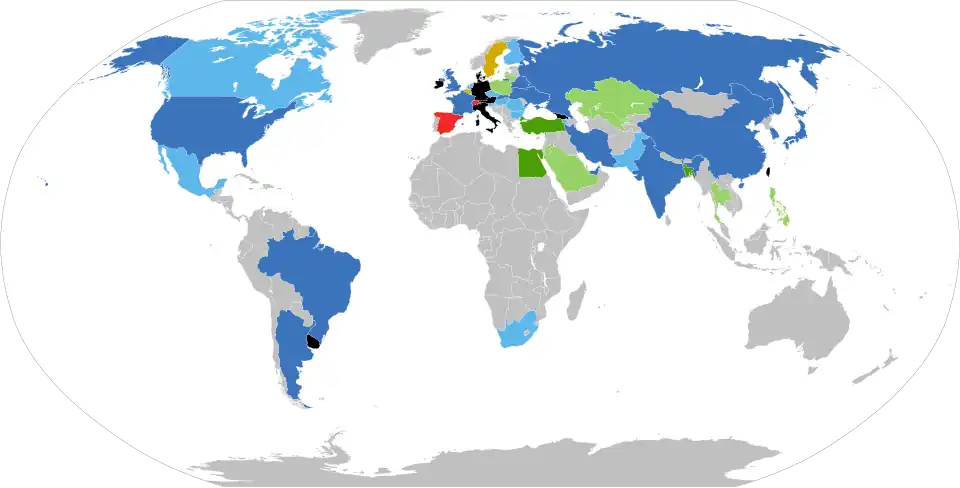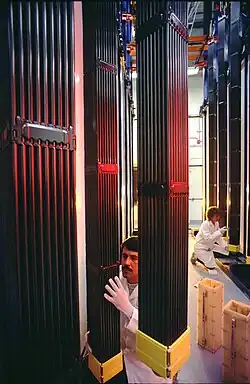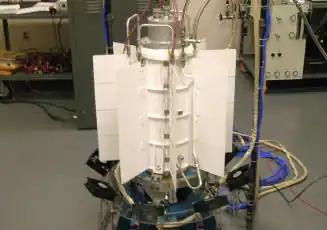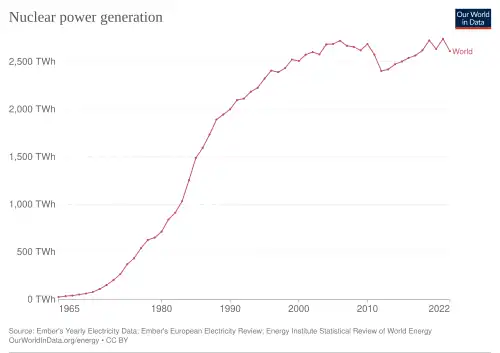Portal:Nuclear technology
The Nuclear Technology Portal
Introduction
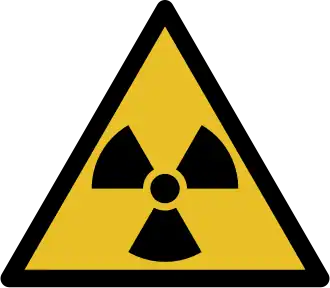
- Nuclear technology is technology that involves the nuclear reactions of atomic nuclei. Among the notable nuclear technologies are nuclear reactors, nuclear medicine and nuclear weapons. It is also used, among other things, in smoke detectors and gun sights. (Full article...)
- Nuclear power is the use of nuclear reactions to produce electricity. Nuclear power can be obtained from nuclear fission, nuclear decay and nuclear fusion reactions. Presently, the vast majority of electricity from nuclear power is produced by nuclear fission of uranium and plutonium in nuclear power plants. Nuclear decay processes are used in niche applications such as radioisotope thermoelectric generators in some space probes such as Voyager 2. Reactors producing controlled fusion power have been operated since 1958 but have yet to generate net power and are not expected to be commercially available in the near future. (Full article...)
- A nuclear weapon is an explosive device that derives its destructive force from nuclear reactions, either nuclear fission (fission or atomic bomb) or a combination of fission and nuclear fusion reactions (thermonuclear weapon), producing a nuclear explosion. Both bomb types release large quantities of energy from relatively small amounts of matter. (Full article...)
General images -
Selected article -
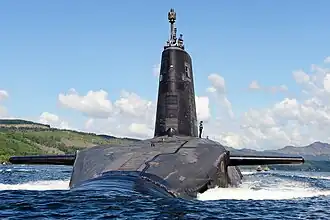
The missiles have a intercontinental range of 11,300 kilometres (7,000 mi). Up to 16 missiles can be carried by each submarine, and each missile can carry eight total warheads in MIRV configuration. The warheads have a yield of 100 kilotons of TNT. From 1995 to sometime before 2021, a 10 kiloton sub-strategic yield option was included on one missile per submarine. The design, codenamed Holbrook, is believed to be based on the American W76 warhead used on its own SSBNs.
The British government initially negotiated with the Carter administration for the purchase of the Trident I C-4 missile. In 1981, the Reagan administration announced its decision to upgrade its Trident to the new Trident II D-5 missile. This necessitated another round of negotiations and concessions. The UK Trident programme was announced in July 1980 and patrols began in December 1994. Trident replaced the submarine-based Polaris system, in operation from 1968 until 1996. Trident is the only nuclear weapon system operated by the UK since the decommissioning of tactical WE.177 free-fall bombs in 1998.
NATO's military posture was relaxed after the collapse of the Soviet Union in 1991. Trident warheads have never been aimed at specific targets on an operational patrol, but await co-ordinates that can be programmed into their computers and fired with several days' notice. Under the Nassau Agreement, UK nuclear weapons are committed to the defence of NATO.
The programme's acquisition cost was £12.52 billion (approximately £23 billion in 2024/25 prices), and its annual cost is estimated at £3 billion. The submarines' service life, designed as 25 years, will exceed 36 years. On 18 July 2016, the House of Commons voted by a large majority to proceed with building a fleet of Dreadnought-class submarines, to be operational by 2028, with the current fleet completely phased out by 2032.
Critics argue that geopolitical threats do not necessitate the high cost of Trident, or that threat or use of strategic nuclear weapons is unethical and likely to violate international law. According to YouGov, as of June 2025, 50% of British adults support replacement of Trident with an equally powerful system. (Full article...)
Selected picture -
.jpg)
Did you know?
- ... that Jeya Wilson invited New Zealand prime minister David Lange to debate the moral indefensibility of nuclear weapons at the Oxford Union?
- ... that the British Tychon missile was developed from a Barnes Wallis concept to keep strike aircraft safe while dropping nuclear bombs?
- ... that an Iowa TV station was paid for by surplus Manhattan Project funds?
- ... that the Russian and Belarussian military exercise Zapad 2009 involved nuclear-capable ballistic missiles?
- ... that the mountain cottontail is abundant in the Hanford Site, a decommissioned nuclear production complex?
- ... that Project Carryall proposed the detonation of 23 nuclear devices in California to build a road?
Related WikiProjects

- WikiProject Energy
- WikiProject Technology
- WikiProject Military history
Things you can do
| Parts of this portal (those related to section) need to be updated. Please help update this portal to reflect recent events or newly available information. Relevant discussion may be found on the talk page. (September 2021) |
|
|
Here are some Open Tasks :
|
Selected biography -
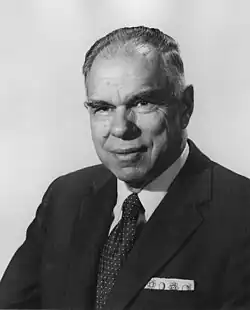
Seaborg spent most of his career as an educator and research scientist at the University of California, Berkeley, serving as a professor, and, between 1958 and 1961, as the university's second chancellor. He advised ten US presidents—from Harry S. Truman to Bill Clinton—on nuclear policy and was Chairman of the United States Atomic Energy Commission from 1961 to 1971, where he pushed for commercial nuclear energy and the peaceful applications of nuclear science. Throughout his career, Seaborg worked for arms control. He was a signatory to the Franck Report and contributed to the Limited Test Ban Treaty, the Nuclear Non-Proliferation Treaty and the Comprehensive Test Ban Treaty. He was a well-known advocate of science education and federal funding for pure research. Toward the end of the Eisenhower administration, he was the principal author of the Seaborg Report on academic science, and, as a member of President Ronald Reagan's National Commission on Excellence in Education, he was a key contributor to its 1983 report "A Nation at Risk".
Seaborg was the principal or co-discoverer of ten elements: plutonium, americium, curium, berkelium, californium, einsteinium, fermium, mendelevium, nobelium and element 106, which, while he was still living, was named seaborgium in his honor. He said about this naming, "This is the greatest honor ever bestowed upon me—even better, I think, than winning the Nobel Prize. Future students of chemistry, in learning about the periodic table, may have reason to ask why the element was named for me, and thereby learn more about my work." He also discovered more than 100 isotopes of transuranium elements and is credited with important contributions to the chemistry of plutonium, originally as part of the Manhattan Project where he developed the extraction process used to isolate the plutonium fuel for the implosion-type atomic bomb. Early in his career, he was a pioneer in nuclear medicine and discovered isotopes of elements with important applications in the diagnosis and treatment of diseases, including iodine-131, which is used in the treatment of thyroid disease. In addition to his theoretical work in the development of the actinide concept, which placed the actinide series beneath the lanthanide series on the periodic table, he postulated the existence of super-heavy elements in the transactinide and superactinide series.
After sharing the 1951 Nobel Prize in Chemistry with Edwin McMillan, he received approximately 50 honorary doctorates and numerous other awards and honors. The list of things named after Seaborg ranges from the chemical element seaborgium to the asteroid 4856 Seaborg. He was the author of numerous books and 500 journal articles, often in collaboration with others. He was once listed in the Guinness Book of World Records as the person with the longest entry in Who's Who in America. (Full article...)
Nuclear technology news
- 1 August 2025 – Russian invasion of Ukraine
- U.S. president Donald Trump orders the deployment of two United States Navy nuclear submarines near Russia for potential military action against Russian forces in response to statements made by former Russian president Dmitry Medvedev and current deputy chairman of the Security Council of the Russian Federation regarding Trump's previously-stated deadline for ending the war in Ukraine. (Reuters) (BBC News)
Related portals
Related topics
Subcategories

Associated Wikimedia
The following Wikimedia Foundation sister projects provide more on this subject:
-
Commons
Free media repository -
Wikibooks
Free textbooks and manuals -
Wikidata
Free knowledge base -
Wikinews
Free-content news -
Wikiquote
Collection of quotations -
Wikisource
Free-content library -
Wikiversity
Free learning tools -
Wiktionary
Dictionary and thesaurus
-
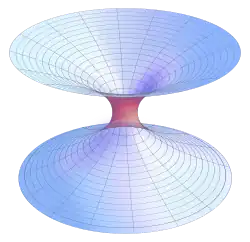 List of all portals
List of all portals -

-

-

-

-

-

-

-

-

-
 Random portal
Random portal -
 WikiProject Portals
WikiProject Portals



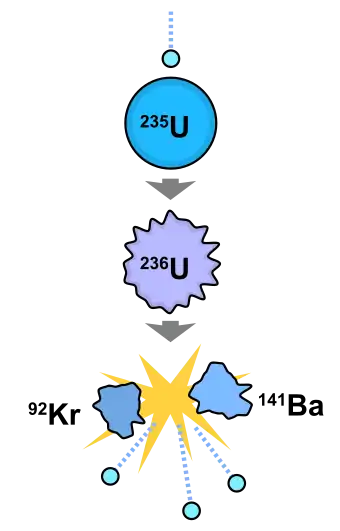

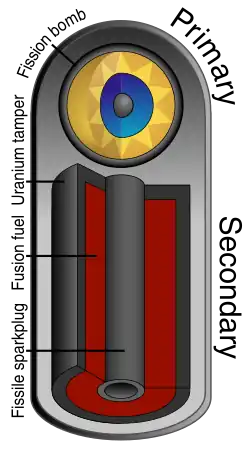

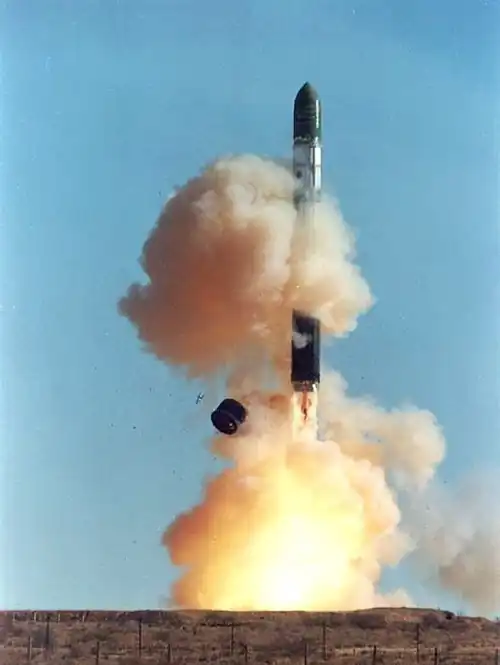
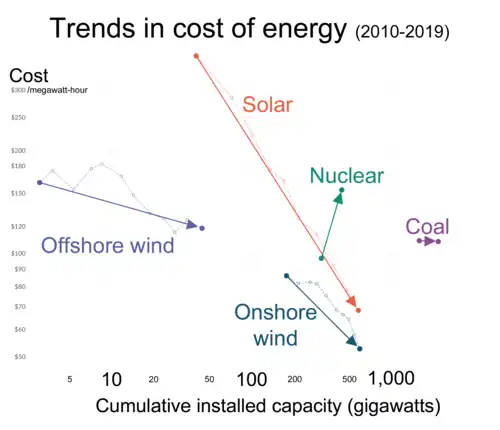
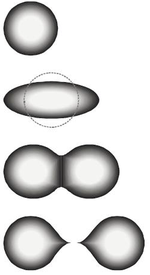
.jpg)

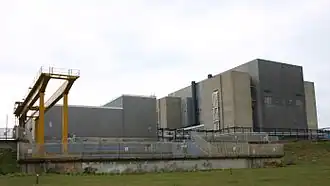

.jpg)

.jpg)

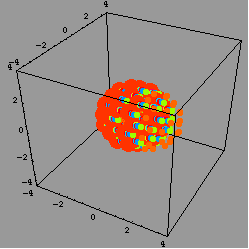
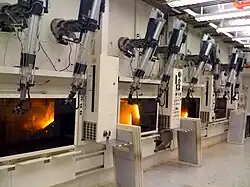


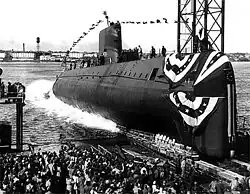
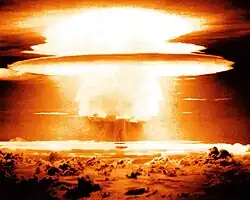

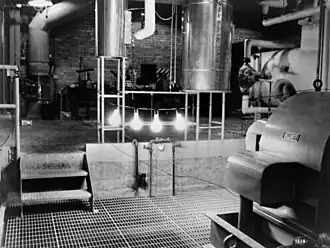
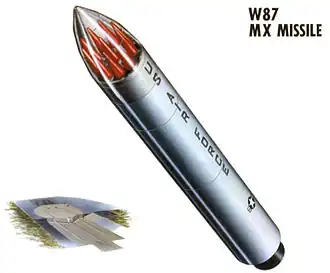
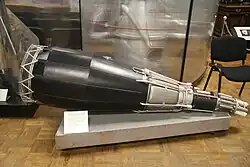
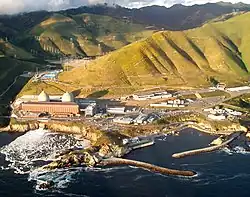
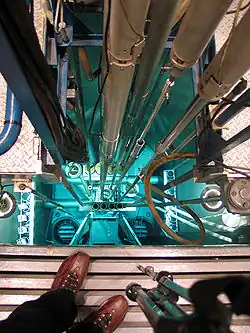
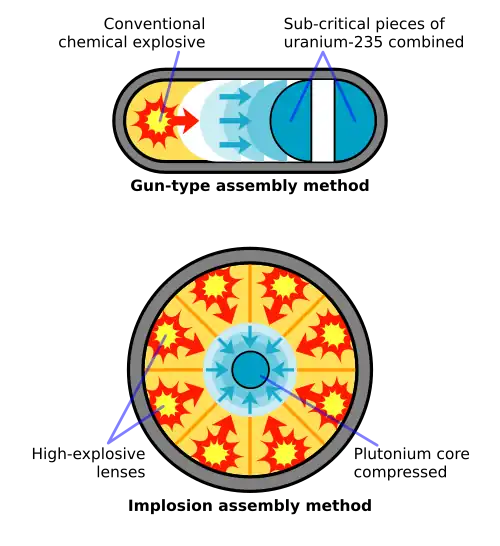
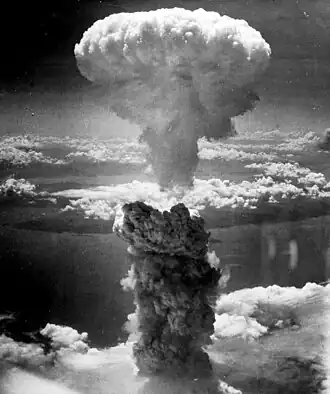
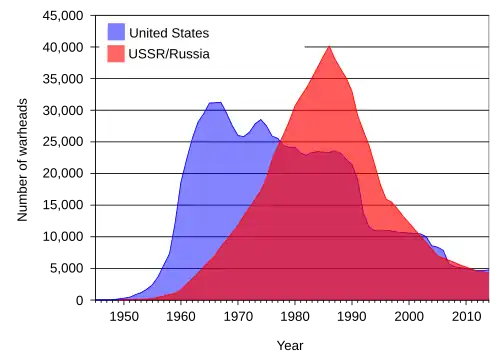
-LLNL.jpg)

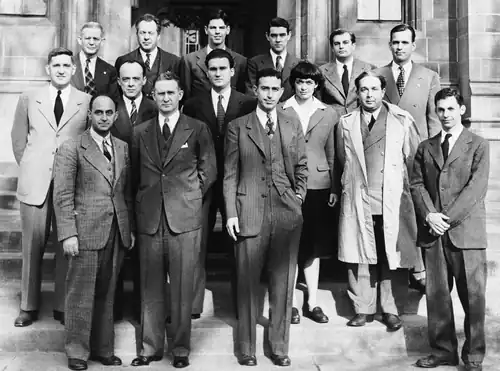

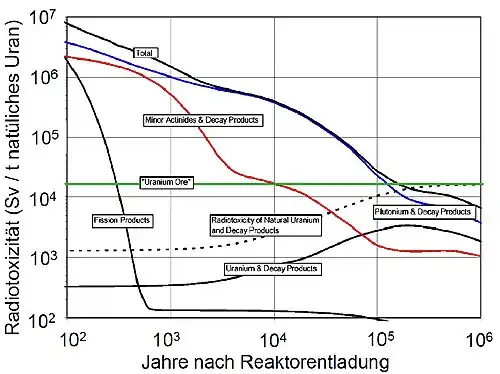
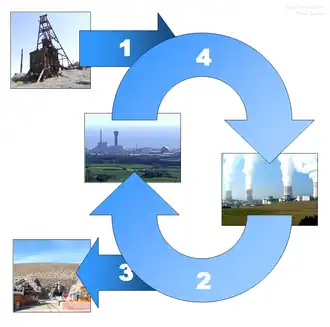



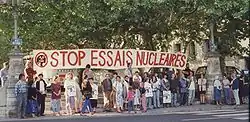
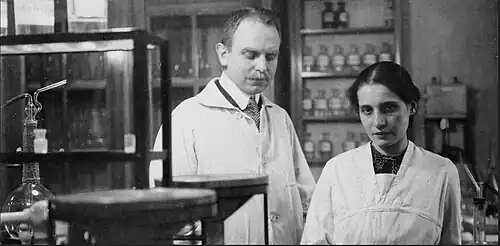
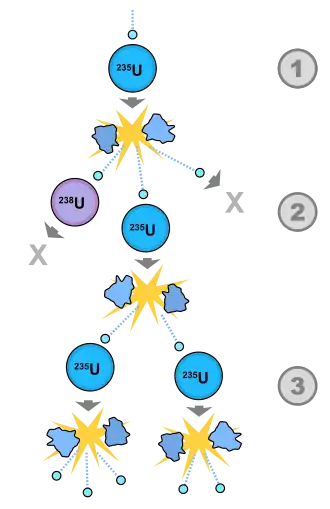
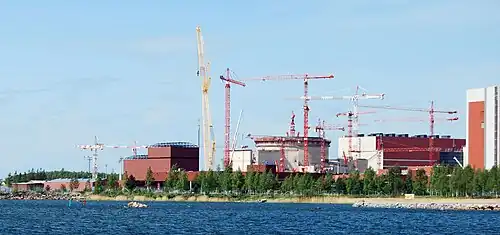
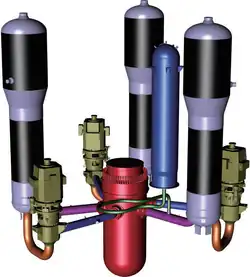
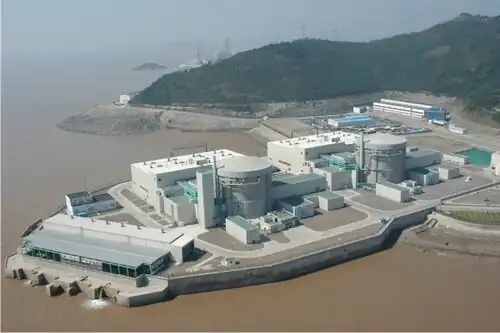
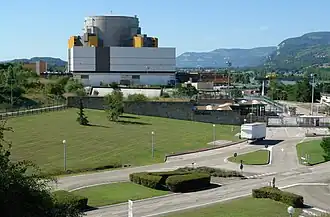
.jpg)
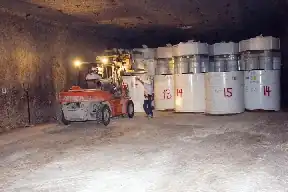
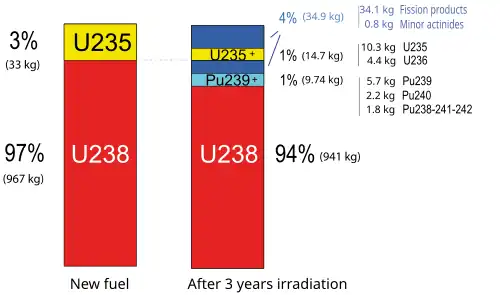
.jpg)

